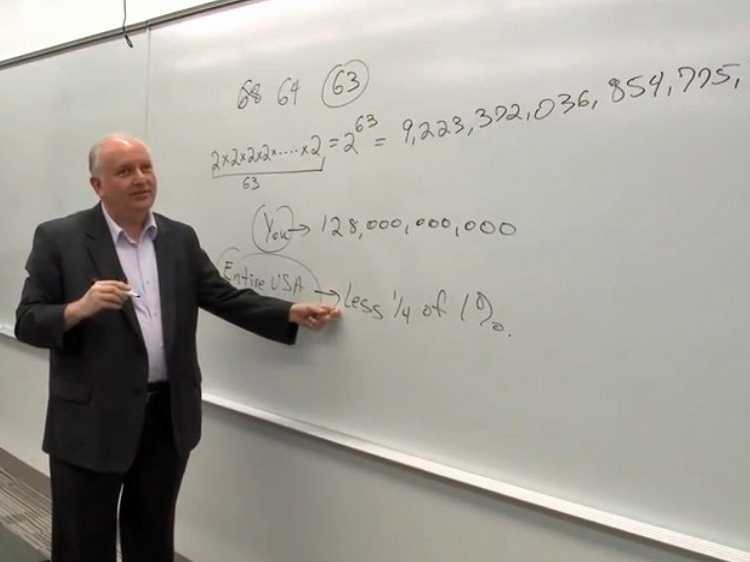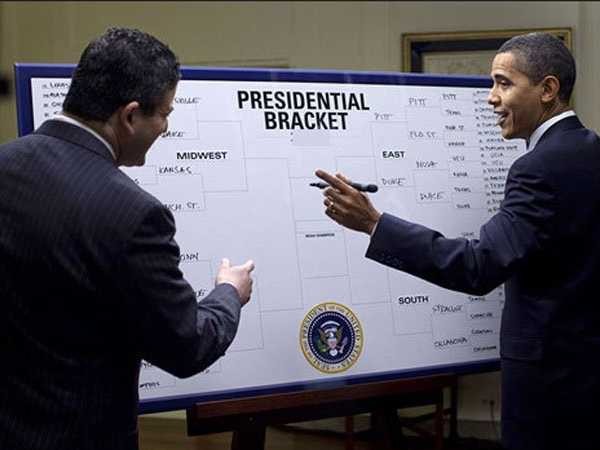Using Your NCAA Bracket To Improve Your Investing
Post on: 12 Июнь, 2015 No Comment

Summary
- Sports often provide helpful investment analogies, including the NCAA bracket.
- Filling out your bracket introduces a common misconception, 12 versus 5 upsets.
- The probability error illustrates the (more important) blunder about margin debt.
- There are many similar applications.
Regular readers know that I love using sports to find investment insights. There are three reasons:
- Plentiful data — both before the event and afterwards;
- Specific odds from prediction markets and pundits — even better than we have in stocks;
- The comparison forces investors to abandon market preconceptions, thinking about questions in a different way.
What can we learn from the problem of filling out your NCAA bracket?
The Popular NCAA Upset
Investors who listen to the bracketology pundits for a few minutes will find it familiar. There are plenty of buzzwords and opinions, but little supporting data.

One popular theme is that you should search for a good upset in your brackets and the best place to start is when the Regional 5-seed plays the 12-seed. There is some logic here. Let’s look at the actual a priori odds for these games, taken from the excellent TeamRankings site:
These are the odds of advancing for each round, so the last column is winning it all.
5 Oklahoma West 65.3% 34.1% 10.0% 4.2% 1.4% 0.5%
5 Cincinnati East 61.5% 26.8% 11.6% 5.7% 2.3% 0.9%
5 Saint Louis MidW 56.8% 14.4% 4.3% 1.6% 0.5% 0.2%
5 VCU South 69.9% 37.5% 13.3% 6.4% 3.0% 1.2%
Using these percentages, which have proven accurate over time, what is the chance of all four five seeds wining?
That is an easy probability question. It is the product of the four percentages or about 16%. It would be very surprising if we did not see a 12 seed beat a 5 seed. The problem for figuring out your bracket is simple: Which one?
Investment Application
This same probability blunder is a daily feature in investment commentary. Instead of bogging down in the technical definitions, let me just call this backward reasoning. The pundit starts with a conclusion (like the 12 versus 5) and then grabs any single instance as a likely candidate.
To take one of many current examples, let us consider margin debt and market tops. Investors are bombarded with charts showing the history of market tops at times of high margin debt, implying that this is a high-risk factor. Try putting the question the other way:
In all of the occasions where margin debt reached a peak, what were the investment results? Bespoke Investment Group (via Jeff Saut and Raymond James) provide the results:
Conclusion
The popular margin debt meme is yet another misleading argument, a trap for investors who do not understand how to analyze causality. Here is an investment tip to save money:
Ignore the advice about margin debt. Make your decision on stock allocation based upon your personal circumstances. If you want to speculate on bad advice, just pick all of the twelve seeds in your bracket!
Disclosure: I have no positions in any stocks mentioned, and no plans to initiate any positions within the next 72 hours. I wrote this article myself, and it expresses my own opinions. I am not receiving compensation for it. I have no business relationship with any company whose stock is mentioned in this article.














